In the process of making Taiwanese Oolong tea, good quality fresh tea leaves (commonly known as tea flush raw material) lay the foundation for the quality of the finished tea. The solar term during which the fresh leaves are picked is crucial. In Taiwan, farmers follow the solar terms to harvest tea leaves. The picking times are as follows:
Spring Tea: Between Qingming and Grain Rain, approximately April 5th to April 20th on the Gregorian calendar.
Summer Tea: Between Small Full (Grain) and Grain in Ear, approximately May 21st to June 6th.
Autumn Tea: Between White Dew and Autumn Equinox, approximately September 8th to September 23rd.
Winter Tea: Between Frost`s Descent and Light Snow, approximately October 23rd to November 22nd.
(Note: The commonly heard “Pre-Qingming Tea” refers to green tea harvested and processed before the Qingming Festival, which is generally of higher quality, but this does not apply to Oolong tea.)
Tea-producing areas at elevations below 1600 meters follow these harvest times; higher elevation areas adjust their harvesting times accordingly. The sequence of tea harvesting areas is as follows:
Spring Tea: Early April to early June, from Mingjian, Lugu, Alishan, Shanlinxi, Cui Feng, to Li Shan, moving from lower to higher elevations.
Winter Tea: Late September to late November, from Li Shan, Cui Feng, Shanlinxi, Alishan, Lugu, to Mingjian, moving from higher to lower elevations.
The sequence for spring and winter tea harvests is the exact opposite, and the above is the ideal timeline that could occur.
(High mountain tea areas are too elevated to follow the solar terms for harvesting because by the end of October, the high mountains are quite cold, nearly halting tea growth and fermentation, thus adjusting the harvesting times.)
Actual conditions may vary based on sunlight duration, rainfall, tea leaf growth, manpower arrangements, and the size of the tea garden. Sometimes, to allow the tea plants to rest, farmers may choose to leave the trees unharvested or prune them instead of picking. The interval from one harvest to the next is 47 to 60 days, adjusted based on environmental temperature, sunlight, and rainfall. In warmer areas, the growth period is shorter (47 days), and in cooler areas, it is longer (60 days). These conditions apply to late-ripening varieties like Qingxin Oolong.
For early or mid-ripening varieties, the situation differs. Early, mid, and late ripening varieties have a 7 to 10-day difference in their harvestable times. Early variety + 7 to 10 days = Mid variety
Mid variety + 7 to 10 days = Late variety
Early varieties, like Si Ji Chun, usually begin harvesting by the end of March.
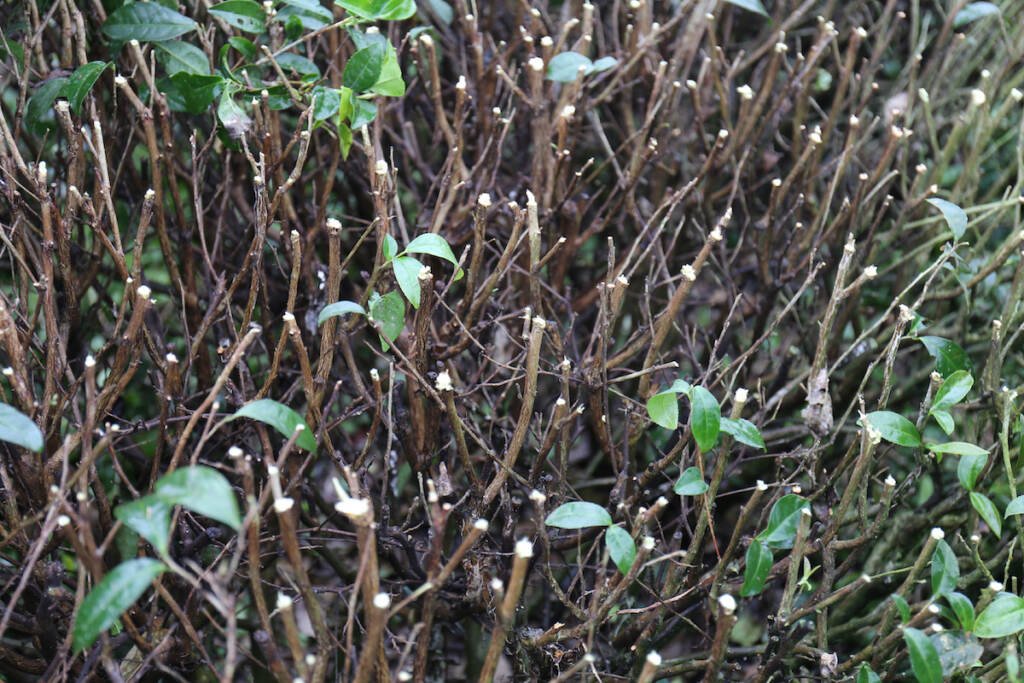
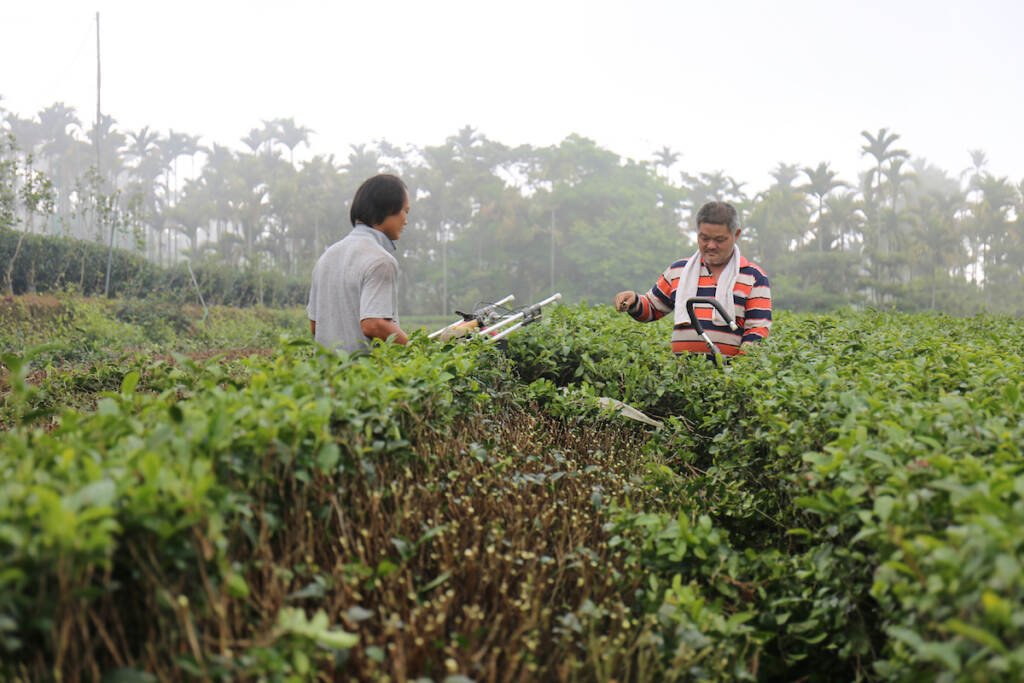
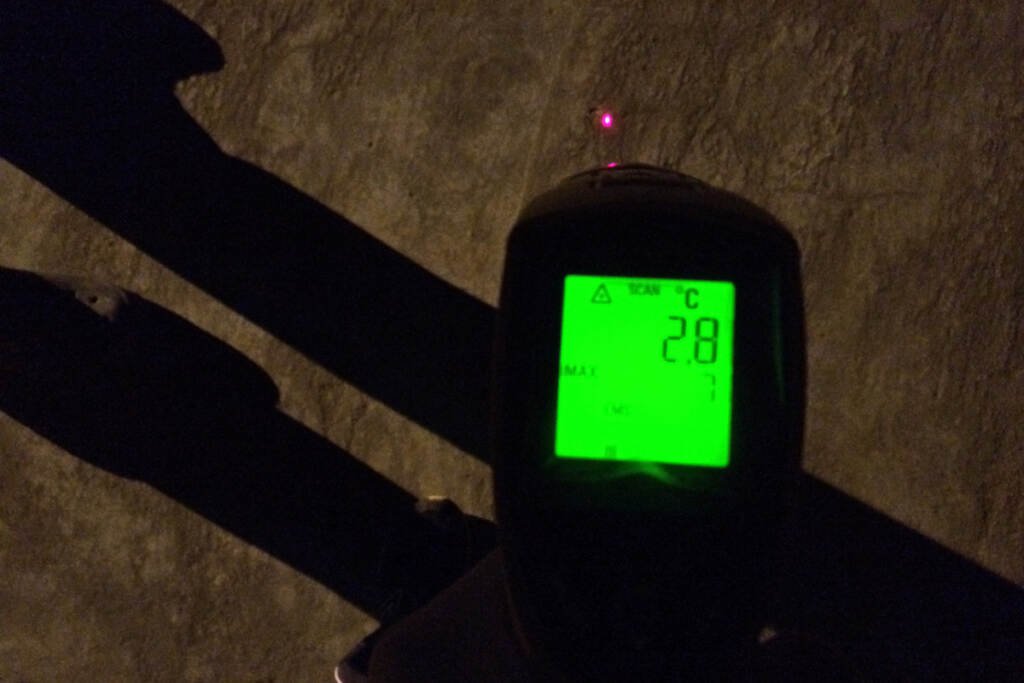


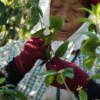

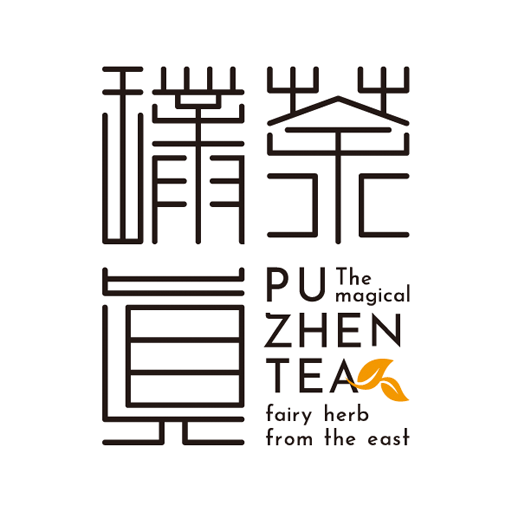
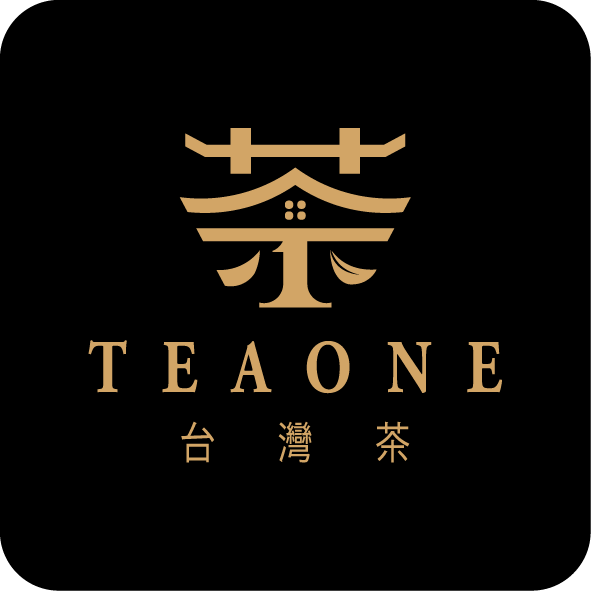
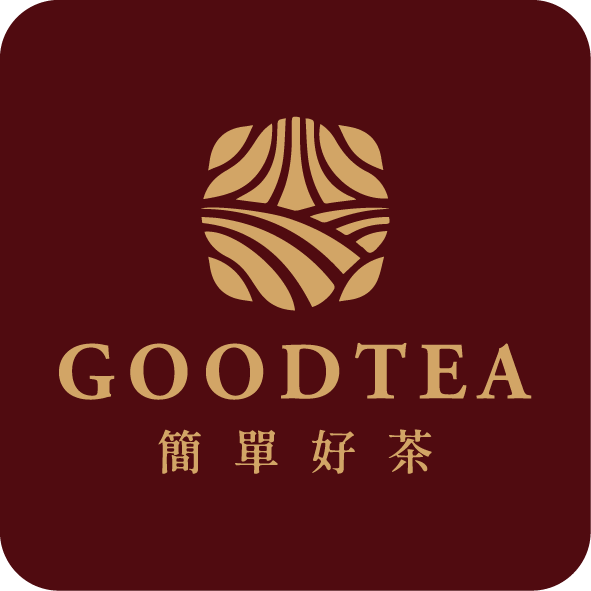
Leave a reply